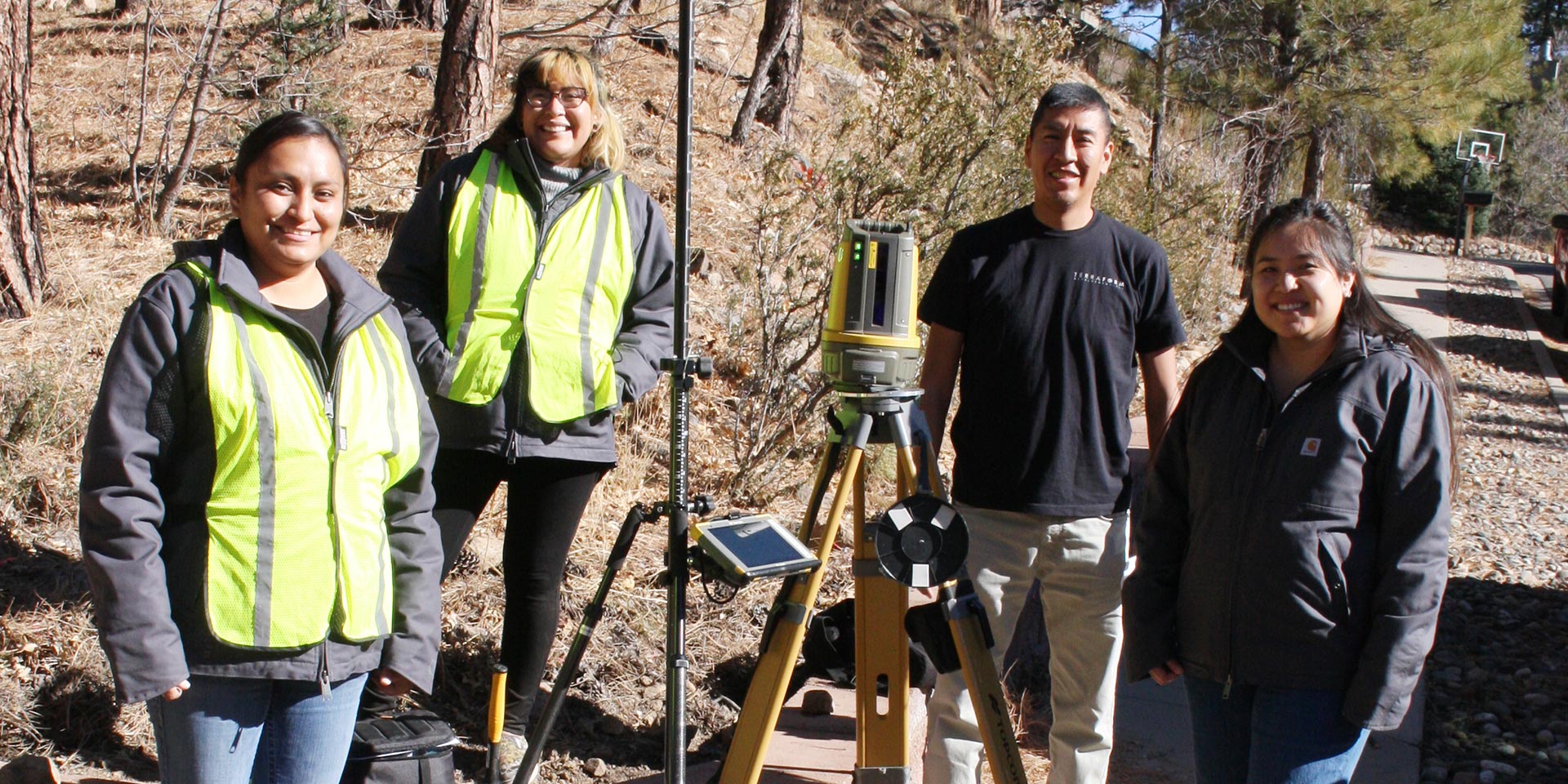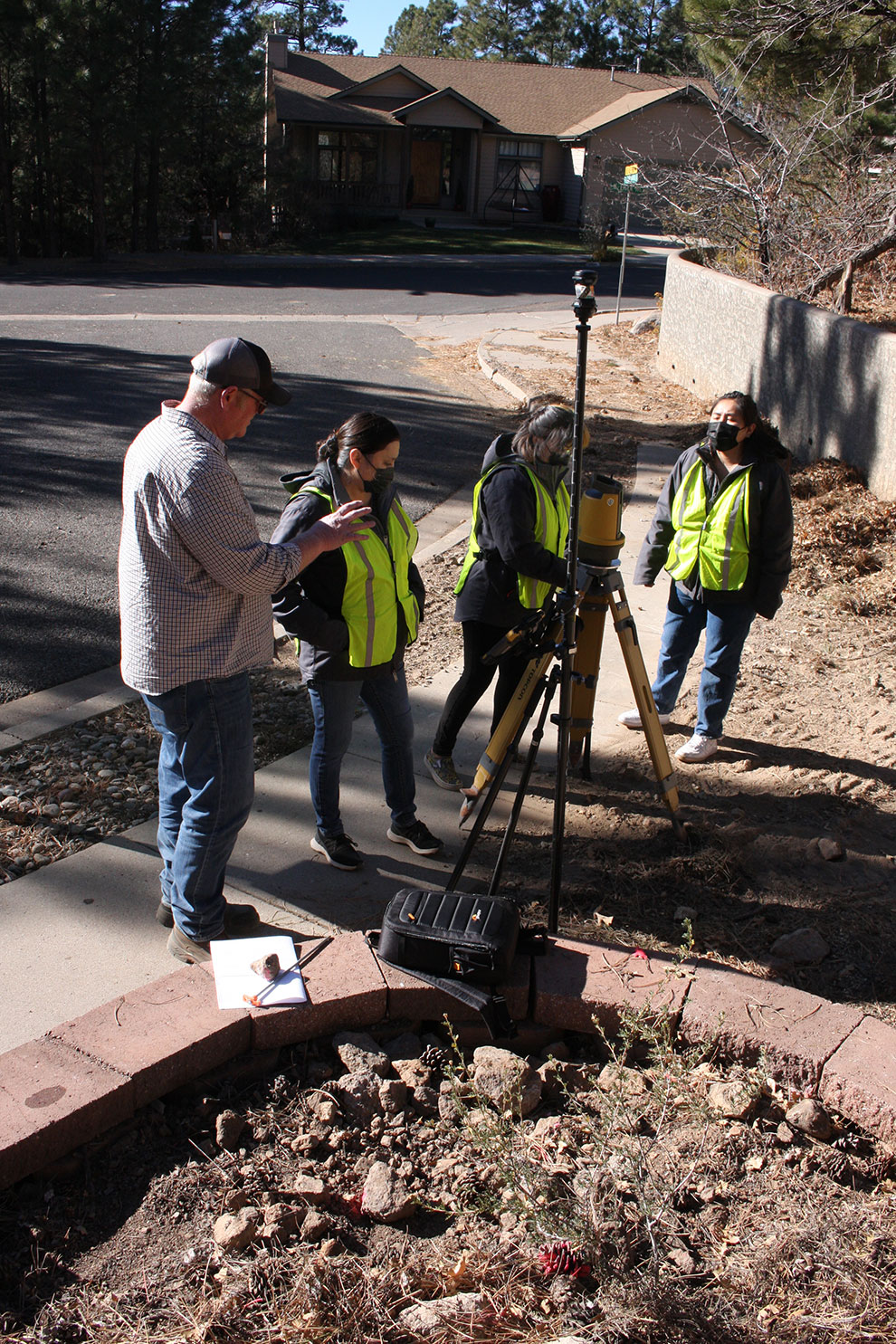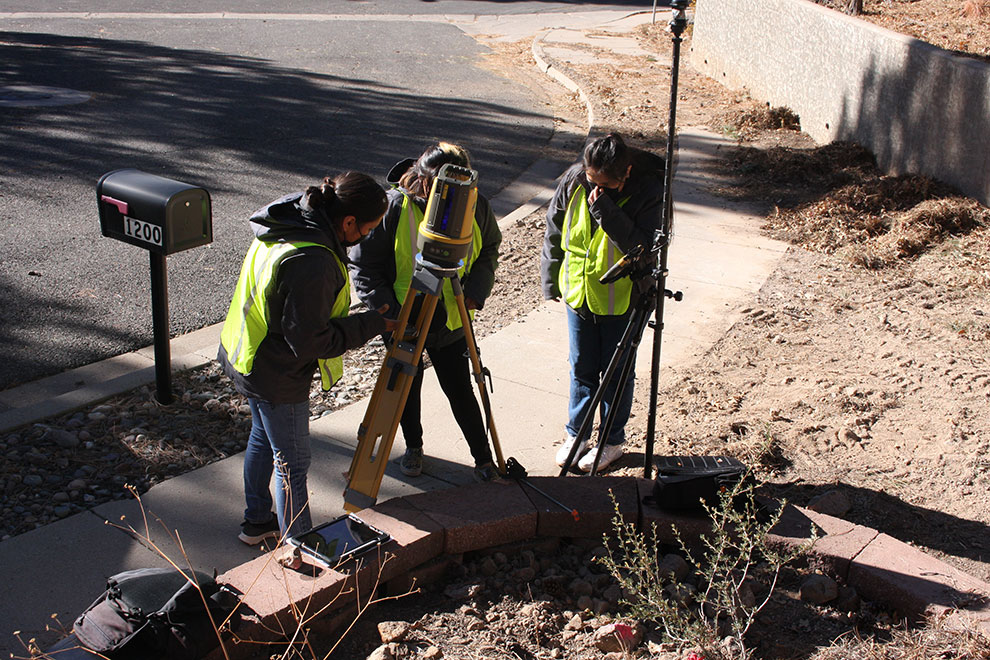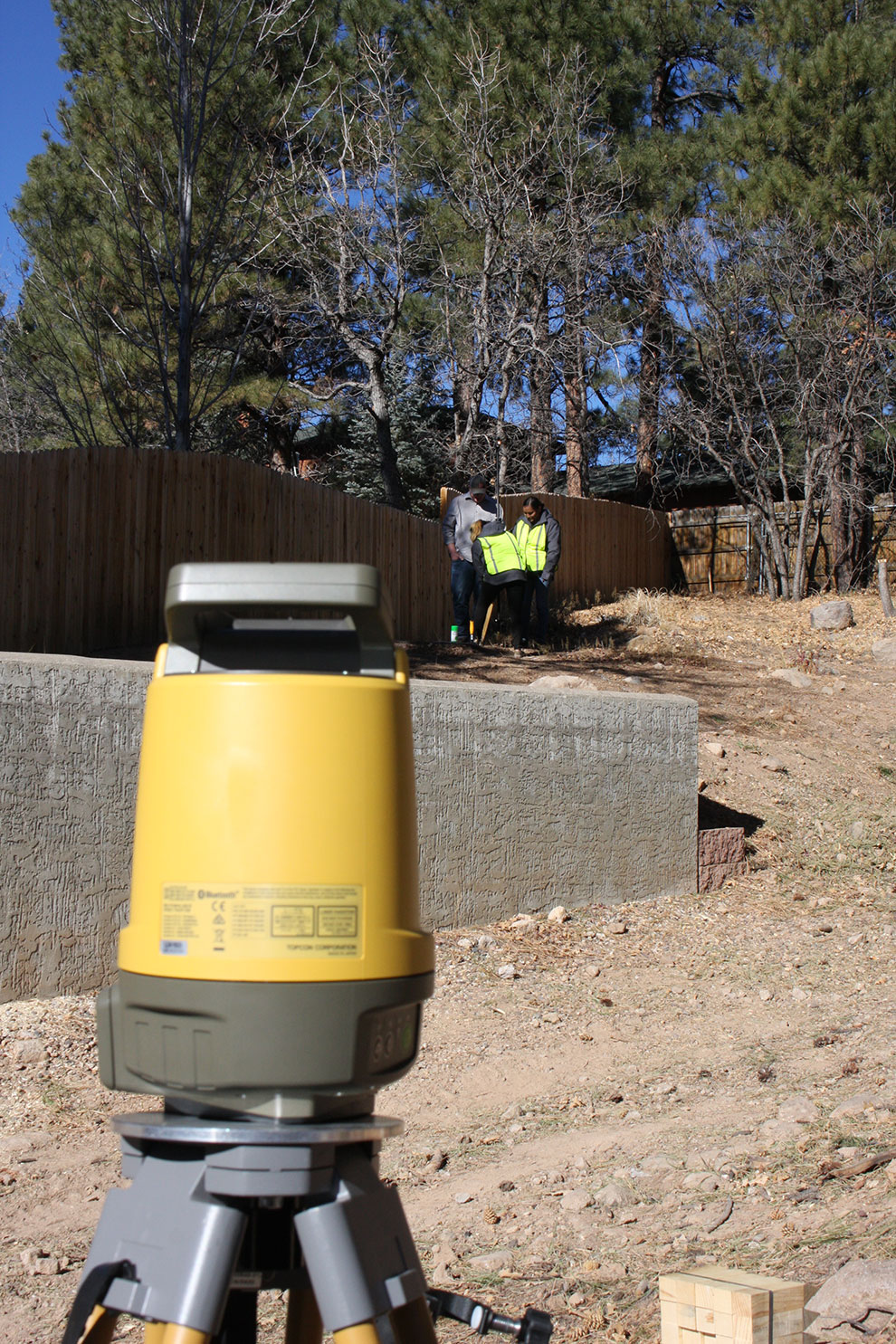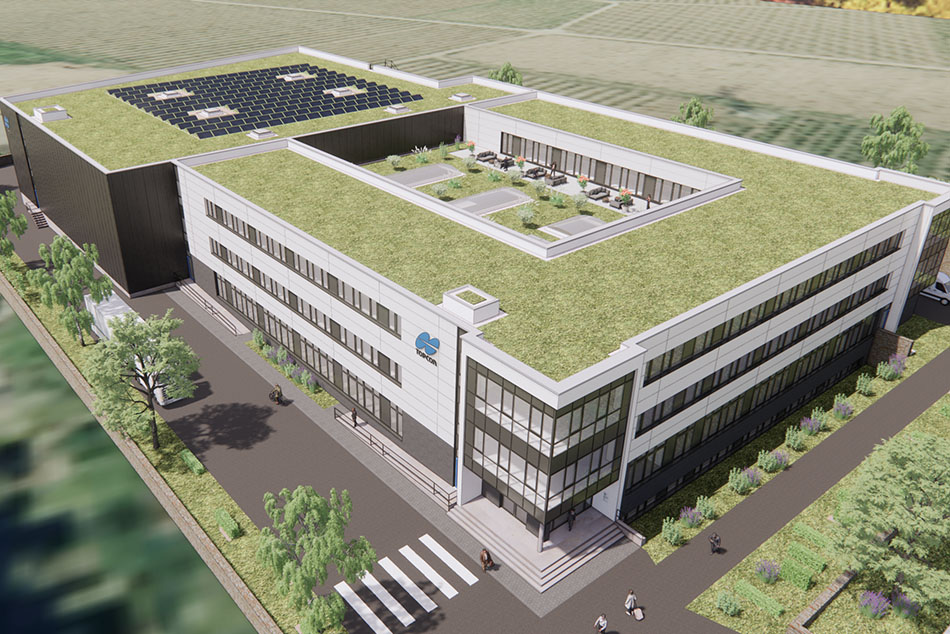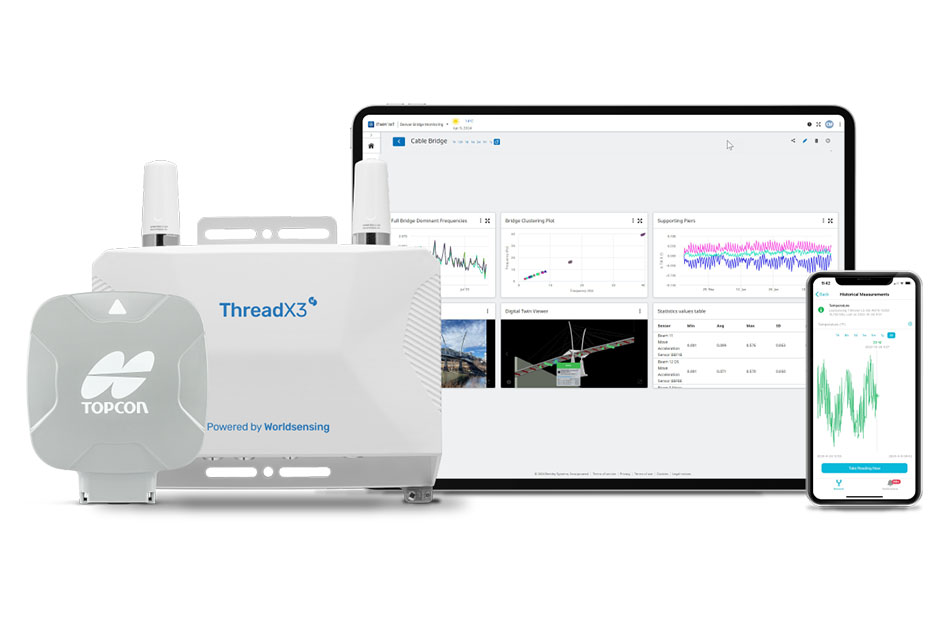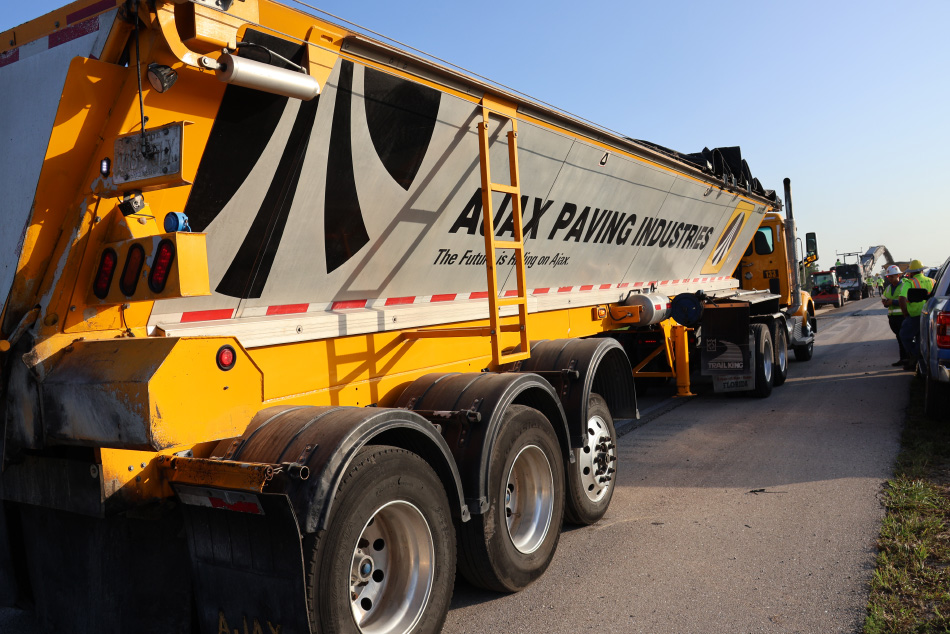Frustration Yields Motivation
Established in 2013, Terraform was born out of the frustration Calnimptewa had experienced in a previous position. As the project director for a local nonprofit development company, he and that company had just wrapped up work on a $12 million, hotel and restaurant.
“My background is actually in architecture,” he said. “But as the project manager/director for that hotel job, I learned quite a bit about tribal regulations regarding procurement and the development process on native land. It is far more challenging than I ever could have imagined. But, being equal parts Hopi and Navajo, it motivated me to find ways to deal with — or eliminate wherever possible — some of that tribal politics and help development in the area. The best way to do that would be with my own company, so Terraform was born.”
Today, Terraform operates with a staff of seven whose specialties include civil design, structural/civil engineering, drafting, business management, interior design and, of course, architecture. It offers an impressive list of services ranging from project visualization/cost estimating to site analysis to residential design to construction management, and more.
“Though the name Terraform sounds futuristic, at its roots it simply means trying to enhance life on this planet,” said Calnimptewa. “The Hopi culture centers around respect for the planet and its resources — we strive to do the same in all our projects.”
Time Waits for No Man
While capable of doing traditional layout for their own projects, for their first seven years in operation, when confronted with a need for that service, the firm would generally hire a surveyor. According to Calnimptewa, however, in the 2019-2020 time frame, a troubling pattern started to emerge.
“I’m sure it was due to the pandemic, but anytime we needed a surveyor for a project, the wait times were anywhere from three to five months,” he said. “Obviously, our schedule can’t withstand a delay of that length, so we started looking at the technology available to handle that function ourselves. Mind you, we are not licensed surveyors, but we wanted a tool that could verify design layouts and relay information to engineers for their design work. ”
After a lot of research and a failed attempt at renting equipment through a major manufacturer — which pushed an already-delayed schedule back even further — Calnimptewa came upon what seemed to be the answer they needed: a Topcon LN-150 Layout Navigator. He contacted Branco Machinery, the regional Topcon dealer and was quickly being visited by Bill Stull, the company’s specialist in survey and layout.
“The fact that the LN-150 was auto-leveling sold me right away,” he said. “Bill came out to our office in Flagstaff, gave us a couple of quick but thorough lessons on setup and operation and we were off and running. The unit matched the capabilities of the one we’d rented, as far as topo, layout and so on, but it was just so much easier to operate. Plus, Bill and the Branco team were — and continue to be — amazingly supportive. I tell my colleagues in a similar position as we are that, if they are considering an LN-150, they have to buy it from Branco just for the support.”











